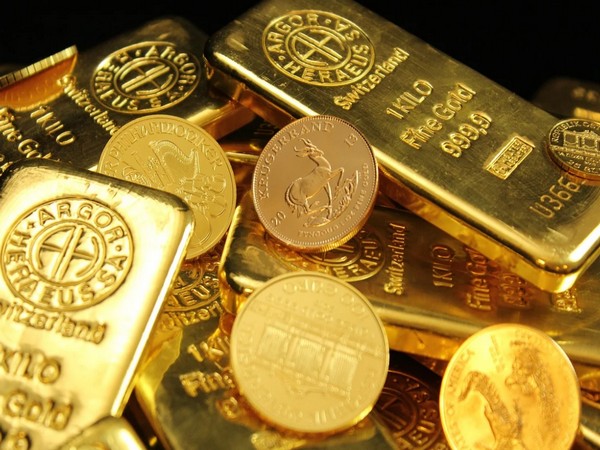The price of domestic gold in India has increased by 10 per cent year-to-date due to the rise in global gold prices, which have surged by 18 per cent. This increase is attributed to robust central bank purchases, heightened geopolitical risks, and expectations of a monetary policy pivot from the US Federal Reserve. The reduction in import duty has also fueled a resurgence in gold demand across India, with reports indicating a substantial increase in order bookings from retailers in preparation for the upcoming festive and wedding season. This trend has led to a strong buying interest among jewellery retailers and consumers.
Consumer demand for gold in India, including jewellery and bar and coin demand, is expected to see an additional 50 tonnes in the second half of 2024. This potential increase is driven by more attractive prices and an alignment of local prices with international rates. Domestic gold prices, which had been trading at a discount to international prices for five months, have now begun trading at a premium following the Union Budget announcement. The shift in market sentiment is evident, with wholesalers selling gold at a premium to mitigate losses and meet increased consumer demand.
The changes introduced in the Union Budget, such as a reduction in the long-term investment holding period and a lower tax rate, have made gold ETFs a more attractive investment option. In July, net inflows into gold ETFs amounted to Rs 13.4 billion, marking the highest monthly inflows since February 2020. Despite this increase, total assets under management for Indian gold ETFs grew marginally by 0.3 per cent due to a fall in domestic gold prices. Year-to-date, net inflows into Indian gold ETFs have reached Rs 45 billion, with total AUMs rising by 48 per cent from a year ago.
The Reserve Bank of India (RBI) has continued its gold purchasing trend, with acquisitions totaling 44.3 tonnes year-to-date, surpassing the total purchases of the past two years combined. In July, gold imports remained steady at USD 3.1 billion, with volumes ranging between 43 and 47 tonnes. Despite a surge in international gold prices, domestic gold prices in India have declined due to the 9 per cent reduction in import duty announced in the Union Budget 2024-25. This policy shift has resulted in a 6 per cent decrease in the landed cost of gold, impacting the dynamics of the domestic gold market.
Overall, the increase in global gold prices, coupled with the reduction in import duty and changes in market sentiment, have fueled a resurgence in gold demand in India. The strong buying interest among jewellery retailers and consumers, coupled with a potential increase in consumer demand in the second half of 2024, indicates a positive outlook for the Indian gold market. The shift towards gold ETFs as an investment option, along with continued gold purchases by the RBI, further contribute to the growth and stability of the domestic gold market.










